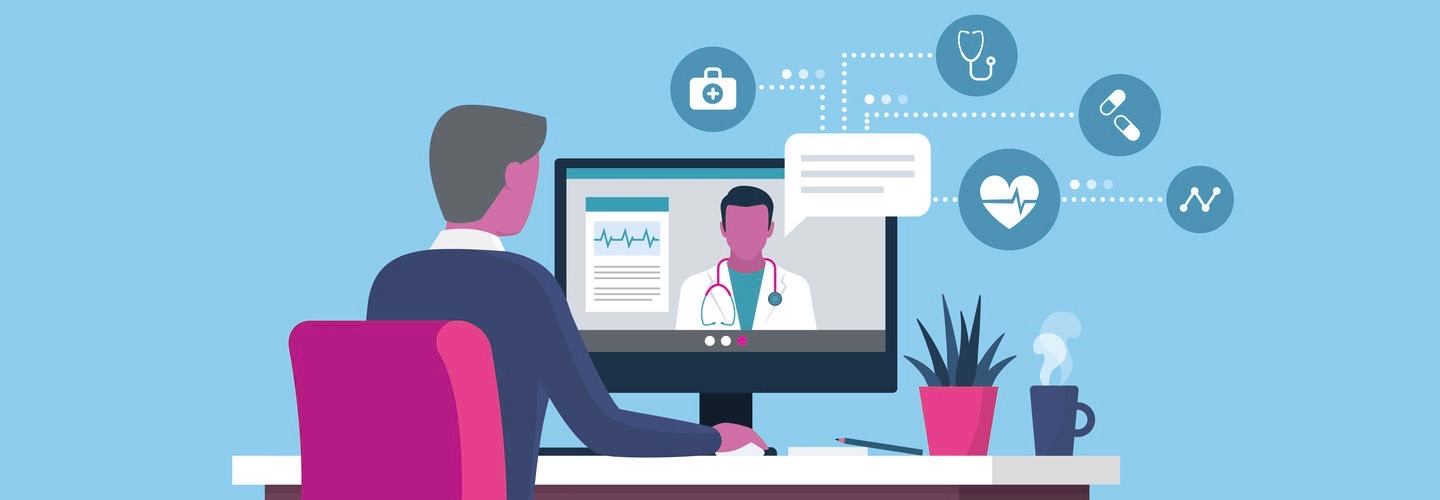
Telehealth and How it Provides Solutions to Major Public Health Issues
Authored by Ayesha Rajan, Research Analyst at Vikriti Management Consulting
Introduction
Telehealth and telemedicine are concepts that are often used interchangeably, however, they are technically different. “[Health Resources and Services Administration] HRSA defines telehealth as the use of technology to deliver healthcare, health information, or health education at a distance [while] telemedicine is the ‘use of medical information exchanged from one site to another via electronic communications to improve a patient’s clinical health status.'” From this, we can infer that telehealth is a bit broader than telemedicine; telehealth is most commonly applied in situations relating to behavioral health, physical and occupational therapy, home wellness checks and health education. Although they seem very similar, their differences and accurate usage of each word is especially important in policy making as it can have an impact on the abilities a state allows an organization to have and perform.
Discussion
The areas of impact for telehealth are broken down into 3 categories: assessment, policy development and assurance. Under assessment falls services that monitor, diagnose and investigate community health issues which telehealth can solve by monitoring specific groups through live videos or other remote options. Issues under policy development include developing partnerships within community organizations to solve identified health problems, developing policies that support health efforts and then communicating those plans to the public in order to empower people to take their health seriously. Finally, assurance involves enforcing the plans and policies put into place by working with agencies such as Medicaid, providing care through community services, cooperating with providers to verify quality of service and evaluating the effectiveness of each solution. This cycle often ends with identifying new problems or areas of improvements and creates a cycle that promotes continuous improvement. The biggest benefit of telehealth is the dedicated time to patient education and understanding that they may not have available to them through their healthcare providers.
Some examples of great telehealth initiatives include emergency preparedness education and electronic observation of certain diseases, such as tuberculosis. These initiatives have both been shown to improve cost efficiency and improve patient acceptance and knowledge of information. Another great application is the use of telehealth services to collect vital signs and physical activity reports from senior homes such as in New Canaan, CT; this outreach program increased health knowledge and physical activity participation from seniors.
When looking to launch a telehealth program there are few steps you can follow to increase odds of success. The first step is to define the problem and understand how telehealth as a tool can address or solve the problem. Then identify who needs to be involved (organizations, physicians, providers, etc). Next, consider what method of telehealth will be used to solve the problem and how; additionally, what is needed to utilize this program, ie. connectivity? training? Next, consider whether or not certain laws or regulations at both the state and federal level will impact the program, as well as if any licensing is needed.
Conclusion
The biggest struggle the field of telehealth faces is strict regulations and laws that can stand in the way of success of programs. Though these regulations are incredibly important to ensuring client/patient safety, simply their wording can create roadblocks to patient education. Further development in these policy areas to make them clearer can help the field of telehealth have an even greater impact on the health of communities.
